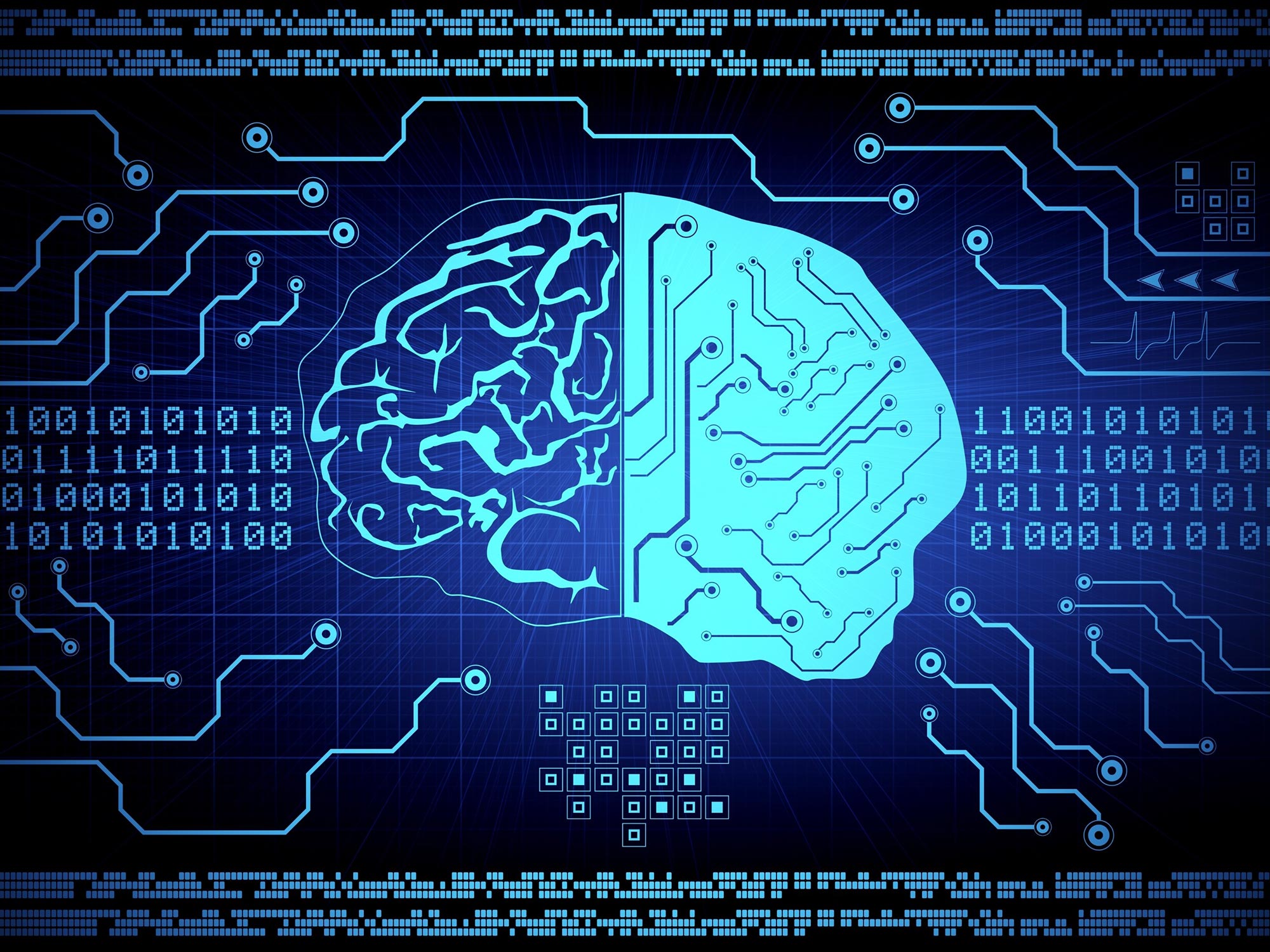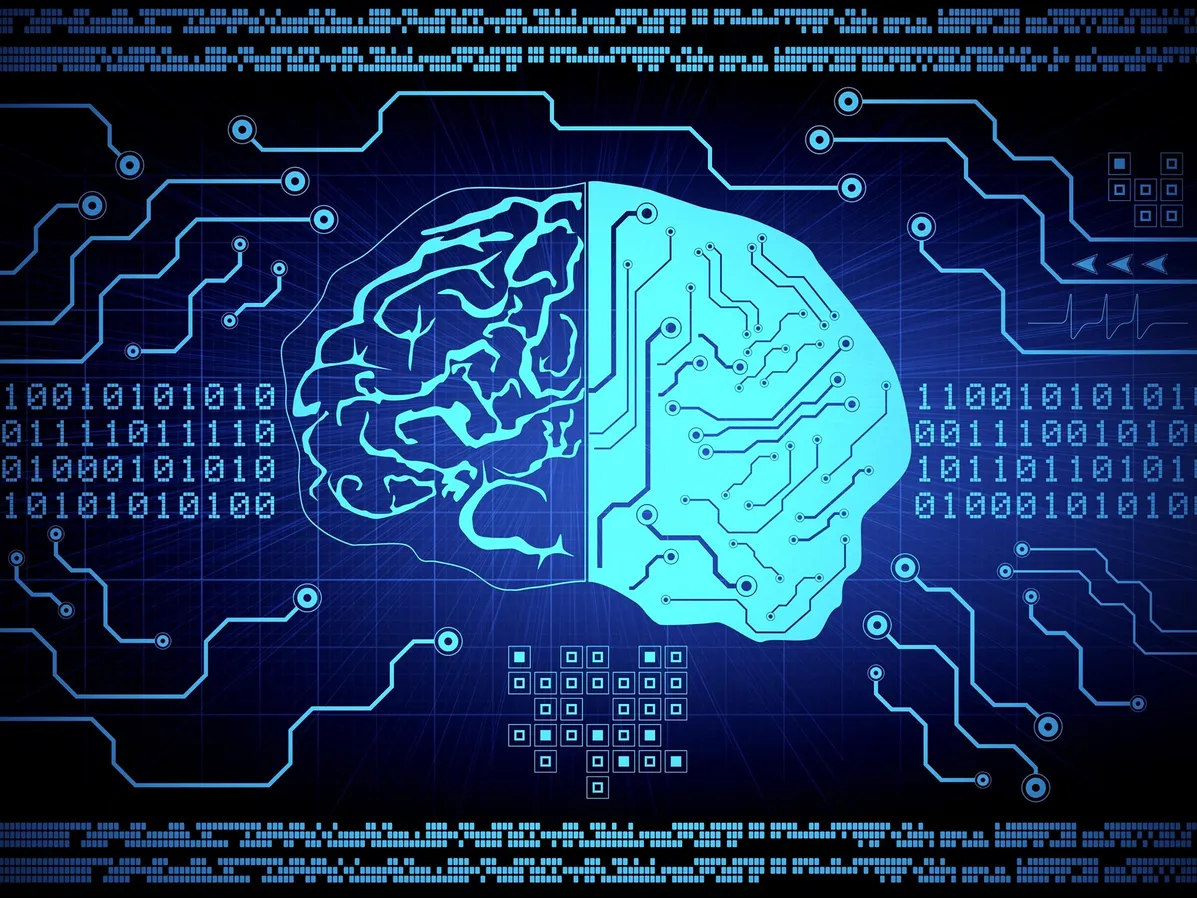

The scientists were able to predict political behavior by simply looking at a scan of the brain.
Research reveals that partisan views have biological roots.
According to the largest study of its type, brain scans of individuals obtained as they engaged in different activities or even did nothing accurately indicated whether they were politically conservative or liberal.
Researchers discovered that the “signatures” in the brain revealed by the scans were just as good at predicting political ideology as the strongest predictor often employed in political science studies, a person’s parents’ ideology.
“Can we understand political behavior by looking solely at the brain? The answer is a fairly resounding ‘yes,’” said study co-author Skyler Cranmer, the Phillips and Henry Professor of Political Science at The Ohio State University.
“The results suggest that the biological and neurological roots of political behavior run much deeper than we previously thought.”
The research, which was recently published in the journal PNAS Nexus, is the largest to date to examine political ideology using functional magnetic resonance imaging (fMRI) scans of the brain.
It is also one of the few to investigate functional connectivity in relation to ideology. Using a whole-brain approach, it looked at which regions of the brain displayed comparable patterns of activity at the same time when performing particular tasks, indicating that they are communicating with one another.
Advanced artificial intelligence methods and the Ohio Supercomputer Center’s resources were used by the researchers to analyze the scans. They discovered correlations between the scan results and the individuals’ reported ideology on a six-point scale ranging from “very liberal” to “very conservative.”
The Ohio State University Wellbeing study, which featured 174 healthy individuals who carried out common tasks used in scientific investigations while within an fMRI scanner, provided the data for the research.
“None of the eight tasks was designed to elicit partisan responses,” said study co-author Seo Eun Yang, now an assistant professor of political science at Northeastern University, who did the work as a doctoral student at Ohio State.
“But we found the scans from all eight tasks were related to whether they identified as liberals or conservatives.”
In fact, even when participants were asked to sit quietly and think of nothing in particular, the resulting scans showed a relationship to political ideology, said co-author James Wilson, assistant professor of psychiatry and biostatistics at the University of Pittsburgh School of Medicine.
“Even without any stimulus at all, functional connectivity in the brain can help us predict a person’s political orientation,” Wilson said.
While the scans from all eight tasks were predictive of the participants’ ideology, three tasks had particularly strong links.
One was an empathy task, where participants are shown photos of emotional people with neutral, happy, sad, and fearful faces. The second task examined episodic memory, and the third was a reward task where participants could win or lose money based on how quickly they pushed a button.
Only the scans of the reward task could predict political extremism – those who said they were very conservative or very liberal. And only the empathy (emotional faces) task was significantly associated with moderate ideology.
“More work needs to be done to understand the relationship of reward decision-making with extreme political views,” Wilson said.
“The results with the empathy task suggest that political thought may be closely tied to emotion and emotional response.”
While this study did find a link between brain signatures and political ideology, it can’t explain what causes what, Cranmer said.
“What we don’t know is whether that brain signature is there because of the ideology that people choose or whether people’s ideology is caused by the signatures we found,” he said.
“It also could be a combination of both, but our study does not have the data to address this question.”
The fact that the brain scans did as well at predicting ideology as the standard of parental ideology was impressive in itself, the researchers said. But when the brain results were combined with demographic and socioeconomic indicators, such as age, gender, income, and education, the resulting model did even better at predicting ideology than parental ideology.
“Functional connectivity and all survey-based responses provided the strongest predictive capabilities of any model we considered,” Yang said.
Cranmer noted how this study was different from others that have also used brain scans to examine ideology.
“We looked at the brain as a complex system of regions interacting with each other to produce these behaviors. Most other studies have looked at one region of the brain in isolation to see how it was activated or not activated when they were subjected to political stimuli,” he said.
This study showed that activations of specific regions of the brain – the amygdala, inferior frontal gyrus, and the hippocampus – were most strongly associated with political affiliation.
Reference: “Functional connectivity signatures of political ideology” by Seo Eun Yang, James D Wilson, Zhong-Lin Lu and Skyler Cranmer, 23 May 2022, PNAS Nexus.
DOI: 10.1093/pnasnexus/pgac066
Study co-author Zhong-Lin Lu, now at New York University, ran the Ohio State Wellbeing project while director of the university’s Center for Cognitive and Behavioral Brain Imaging.
The study was funded by the National Science Foundation and the National Institutes of Health.

